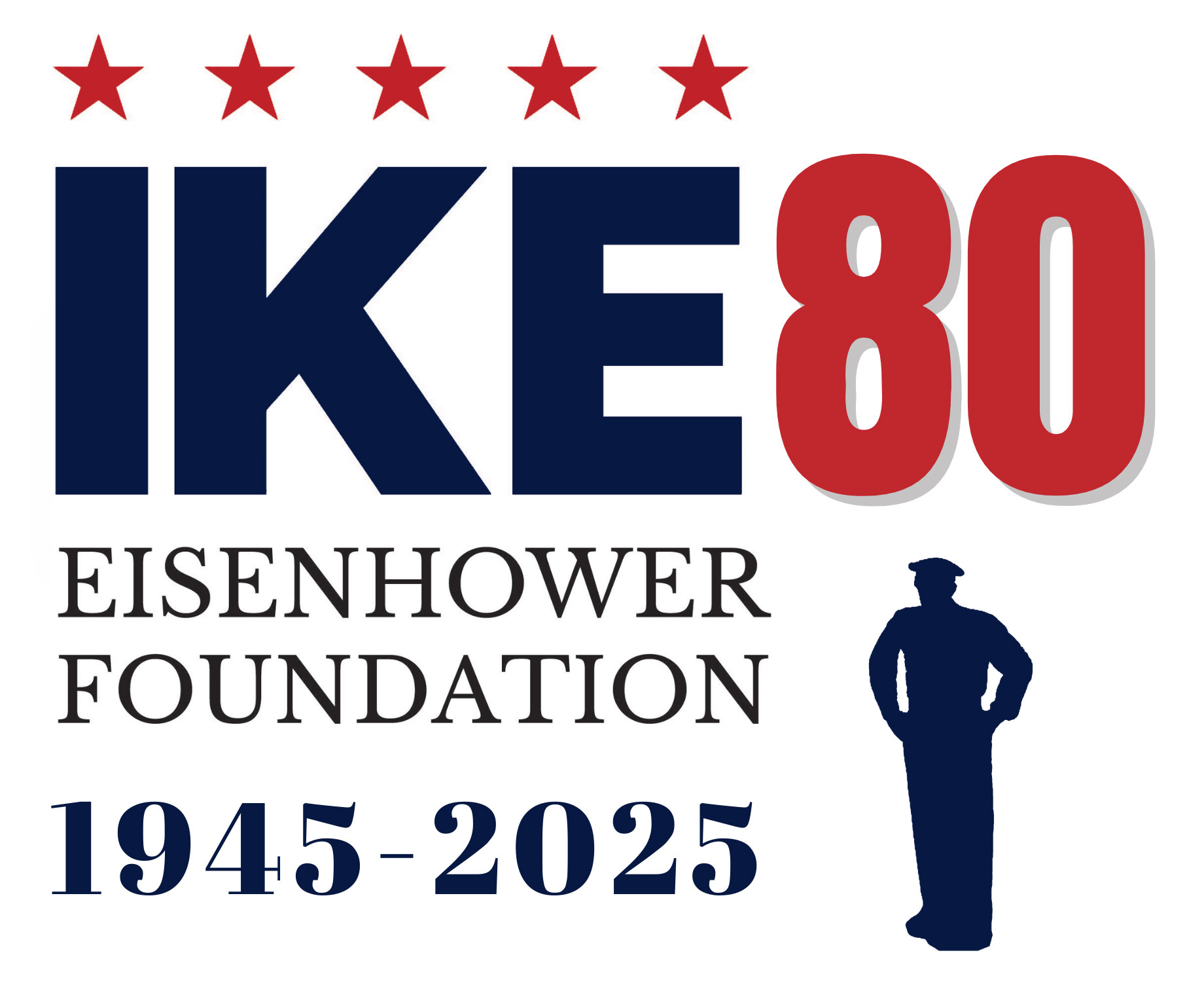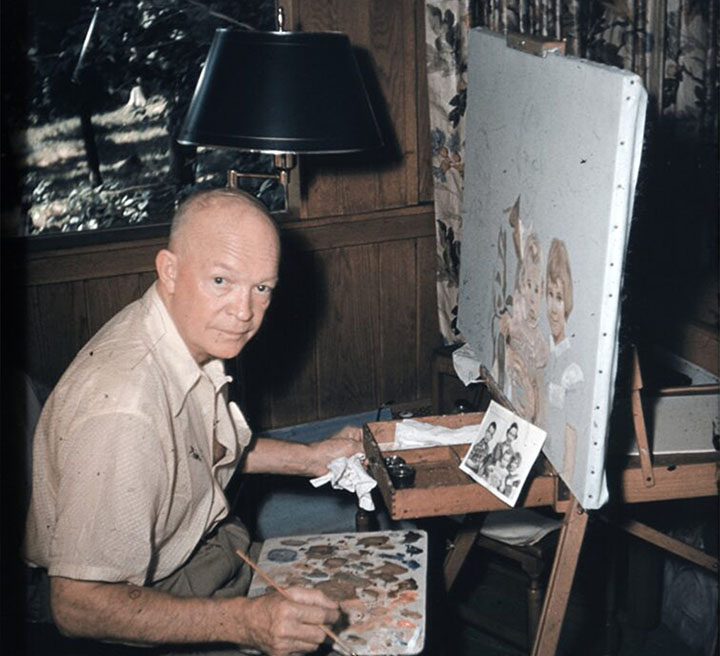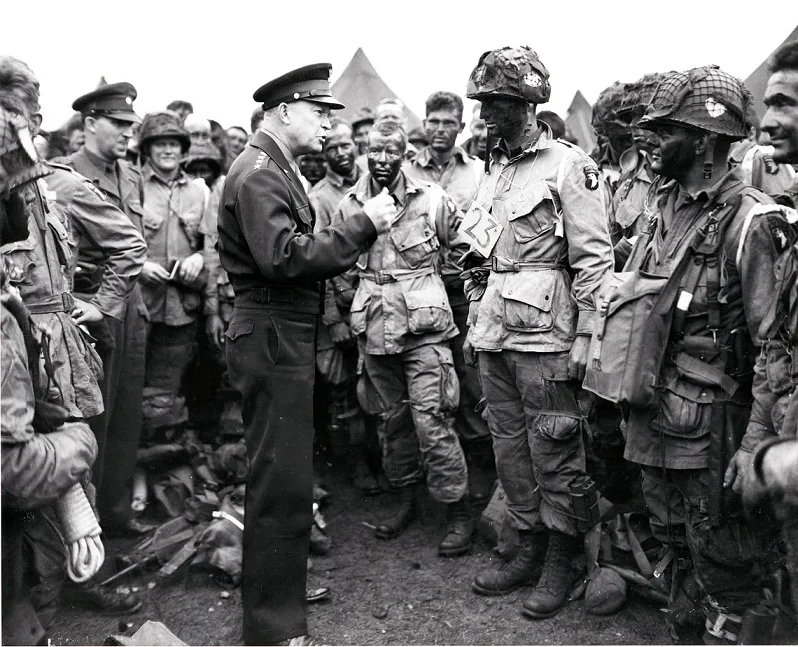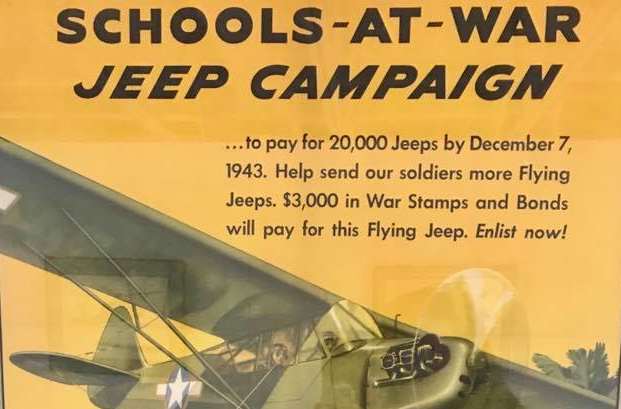This immersive educational experience provides an interactive and comprehensive approach to the foundational principles of American democracy, tailored to enrich students' knowledge of their rights and responsibilities as citizens.
For the Constitution & Citizenship Day experience, students engage in a three-hour onsite program, choosing four activities that deepen their understanding of the U.S. Constitution and citizenship. This immersive educational experience provides an interactive and comprehensive approach to the foundational principles of American democracy, tailored to enrich students' knowledge of their rights and responsibilities as citizens.
Program Length:
180
Program Group:
Civics Education







